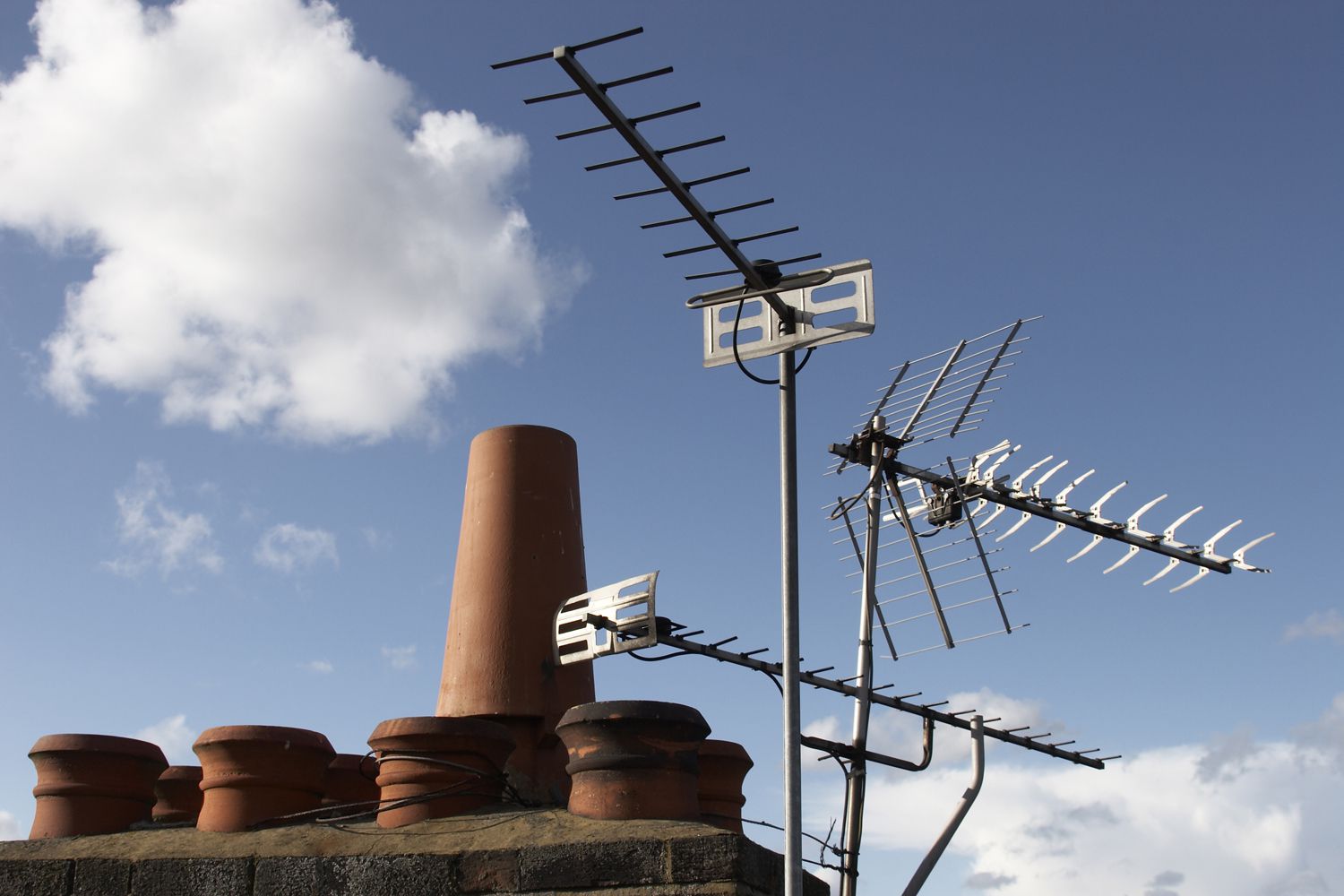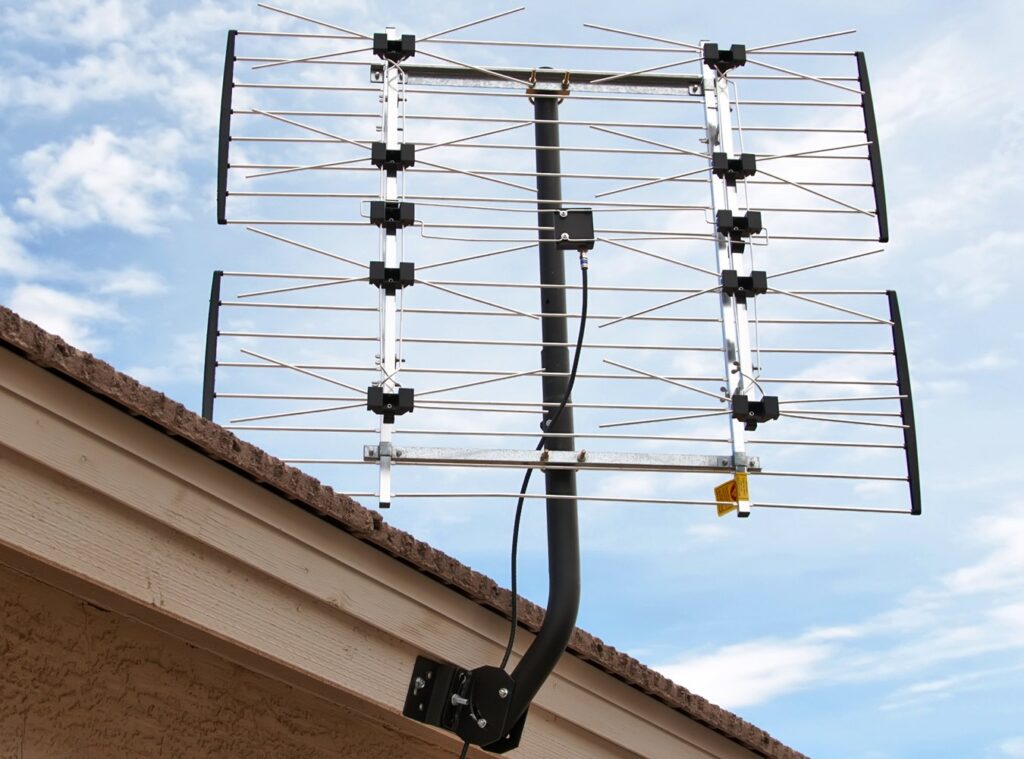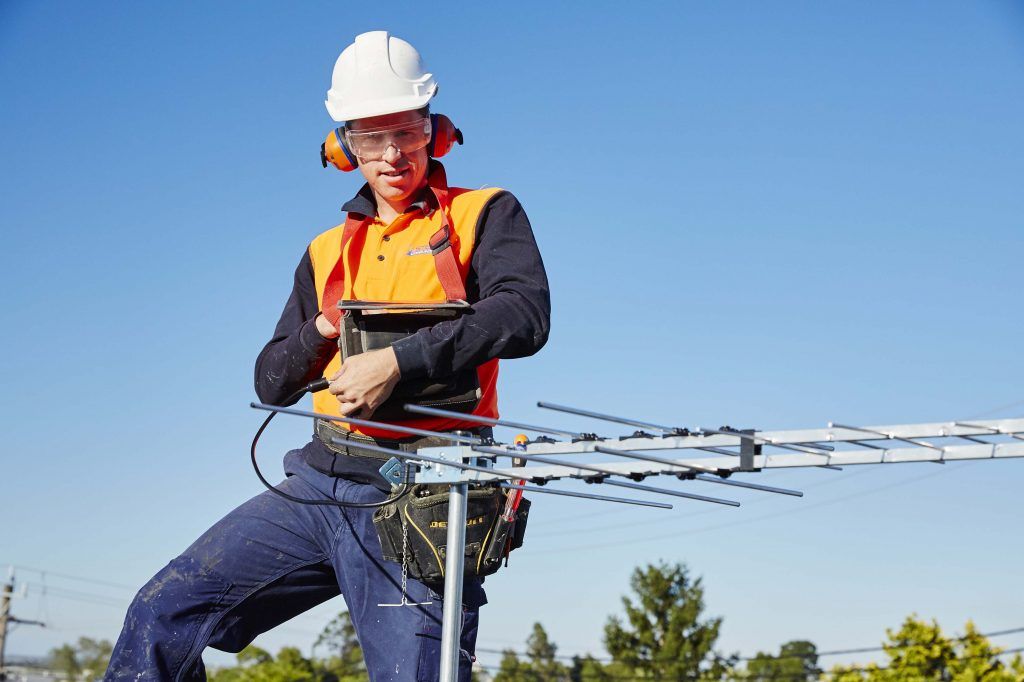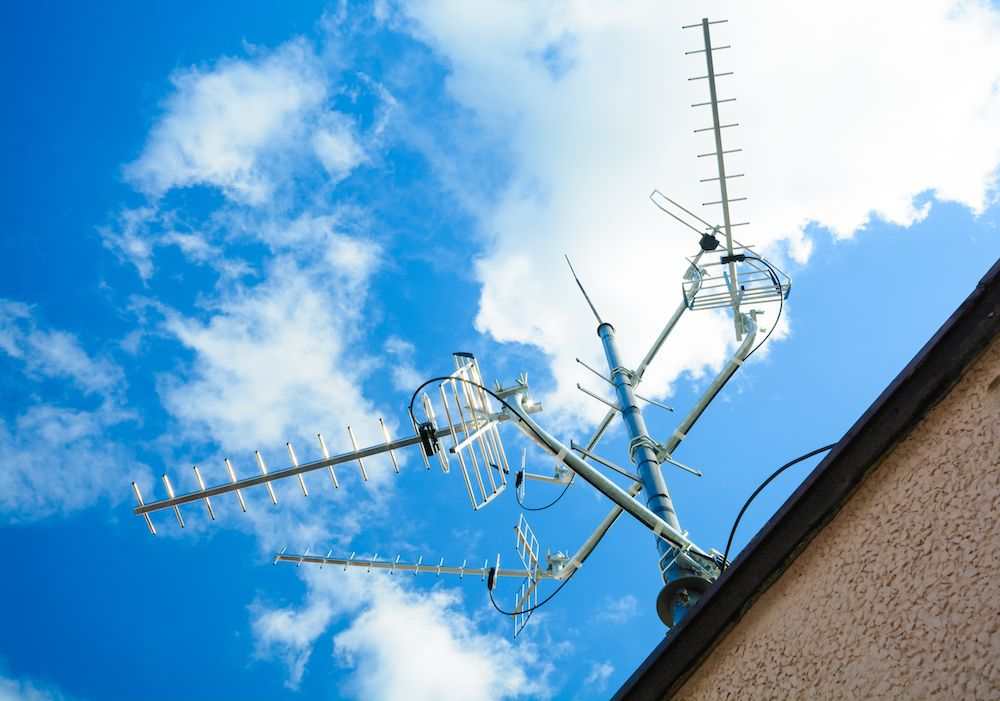
7 Things Every Homeowner Should Know About Antennas & Antenna Placement
Many households all over the world utilize antennas to get access to their favorite TV programs. They’re still the preferred choice compared to the streaming platforms and cable TV, as they provide more flexibility and variety than both of these options.
So, if you’re thinking about installing an antenna to improve your reception and obtain interruption-free access to all of your favorite channels, here are a couple of things you should consider first.
Depending on your living situation, your options might be quite limited.

If you’re living in a building with a strict corporate body, you might not be able to install an outdoor antenna on your roof. The same thing goes for people who have to deal with a Homeowner Association in their neighborhood that prohibits outdoor aerial installations. In those cases, your only option might be an indoor antenna.
Similarly, if you’re living in a rural area or are located somewhere far from the TV broadcast towers, you won’t be able to pick up a good signal with an indoor antenna. The only option you have in these instances is an outdoor one.
All of this is why you should always do your research before you decide to install a TV antenna on your home. As long as you know what your options are right from the start, you’ll have fewer issues choosing the right model.
Positioning is key to good reception.
No matter if you’ve decided to go for an indoor or an outdoor antenna, positioning it properly is of the utmost importance. Generally speaking, the higher the antenna, the better your signal. It should also be placed facing the broadcast towers, avoiding as many obstructions as possible.
If you’re not sure where to place your newly acquired aerial, we suggest you consult with a professional installer. That especially goes if you’re dealing with a large outdoor antenna, as repositioning it once it’s already installed can be a true hassle.
Whatever you do, remember that antenna positioning should always be well thought out for it to work as seamlessly as you’d want it to work.
If you’re combining multiple antennas, make sure they’re not interrupting each other’s signals.
Sometimes you’ll need more than one antenna to get proper coverage across your entire house. While that’s perfectly fine by itself, you’ll need to be extra careful when choosing their positions.
Let’s say you have a large outdoor antenna on your roof, but you’d still like to have an indoor one to amplify the reception inside one of your rooms. If you decide to place your indoor one onto your ceiling, you’ll have to deal with something that’s called „feedback“. This will make watching your TV impossible, so it’s something you’d want to avoid at all costs.
Make sure there’s sufficient distance between your aerials. Otherwise, they might affect each other’s strength and potency, which is not something you’d want to happen.
Professional installers can get you the results you need much more quickly.

If you’re not experienced with antenna placement, your best shot is to leave it to the professionals. As noted at tv-aerials-uk, expert services will ensure longevity and signal power in all of your antennas (yes, even indoor ones!).
Besides getting professional services to help you with aerial placement, make sure you choose your antennas as carefully as you can. There’s more than just one type of antenna, and there’s certainly more than one model available for each of these types. Do your research until you’ve found what works the best for your specific circumstances.
Experiment with an amplifier.
Most antenna owners use an amplifier to deal with poor reception issues. If your antenna isn’t amplified, there’s a high chance you could benefit from investing in an amplifier device.
Of course, in some cases, you might have a built-in amplifier you’re not even aware of! While amplifiers solve many signal issues, they can also be the direct cause of them. Test it yourself – turn it on and off and rescan the TV in between. You’ll quickly see whether there’s a positive or a negative change in your signal, which will help you decide on whether you actually need the amplifier or not.
If you’re buying your amplifier separately, remember to seek professional assistance to ensure it’s compatible with your antenna. Read up on the product specs carefully, and make your decision from there.
Not all antennas are one-directional.

While we’ve said you should point your antenna towards the broadcast towers, this doesn’t always have to be the case. Some antennas are multi-directional, which means they pick up the signal equally from all sides. This is an excellent solution for people living quite far from the transmitters, so if that’s you, make sure to consider this as your first option.
Weather can affect your signal no matter where you place your antenna.
There’s nothing you can do when you lose signal during a powerful storm, except to wait for it to calm down. This won’t be affected by repositioning the antenna, so if you normally have a great signal as it is, don’t bother trying to relocate your aerial.
The only thing that could help you reduce the effects of extreme weather on your reception quality is investing in a modern, powerful, and durable aerial. Newer models are built to be a bit more weather-resistant, although it’s never as perfect as you’d want it to be. These solutions are a bit more expensive, but they can be completely worth it if you live in an area that frequently deals with extreme weather conditions.
The bottom line
Doing your research on different antennas and their positioning is of the utmost importance for every TV lover out there. As long as you try learning as much as you can about the topic, all while consulting with an industry expert when necessary, we’re certain you’ll get the signal you desire.
We hope our article helped you learn something new about the topic in question and we wish you the best of luck in all of your future endeavors.
